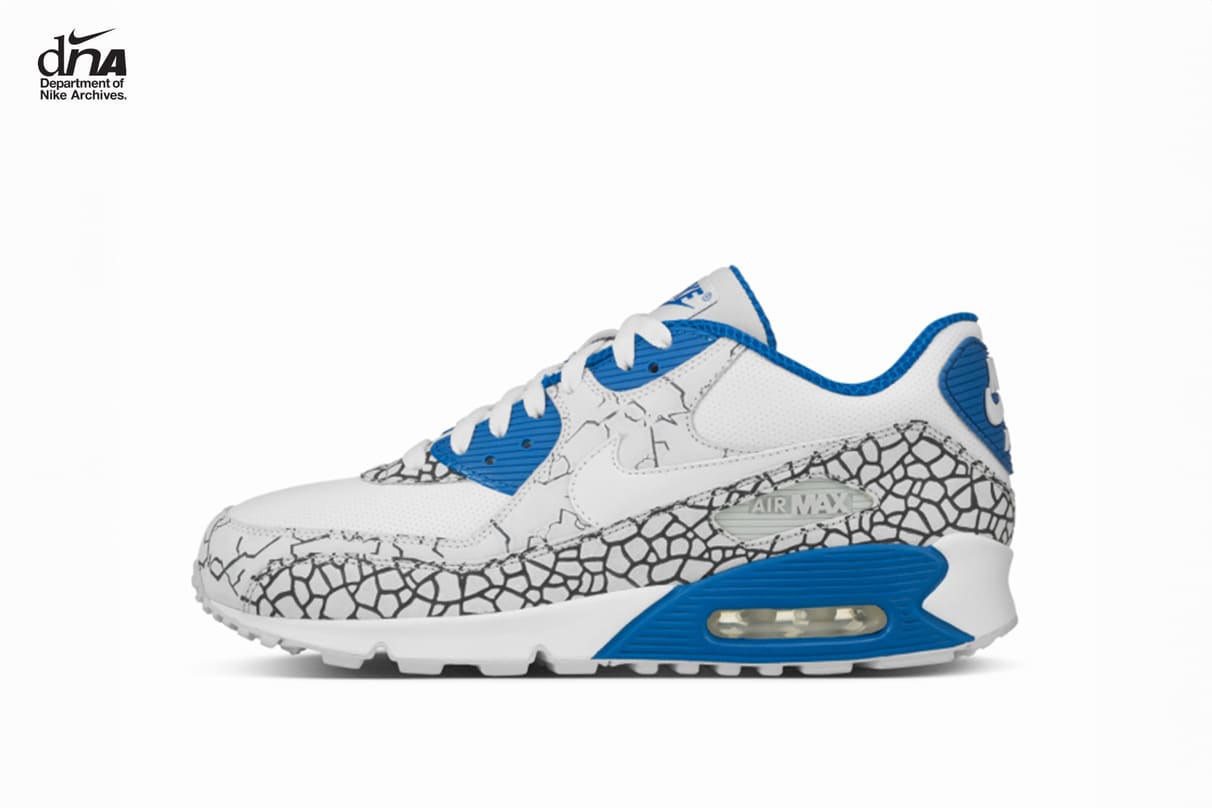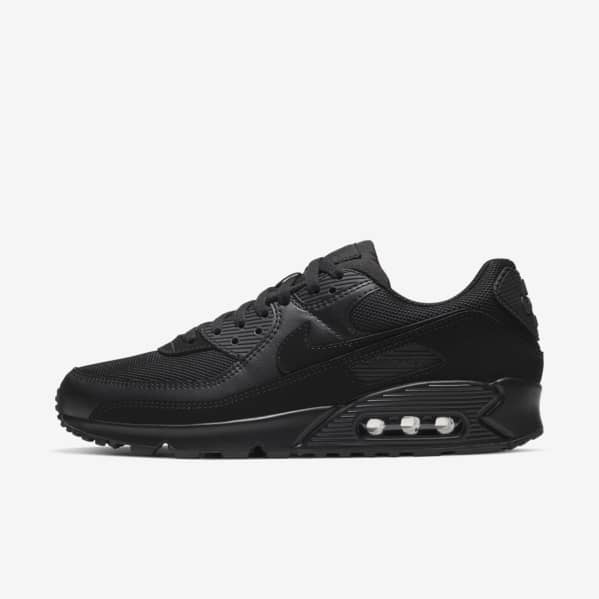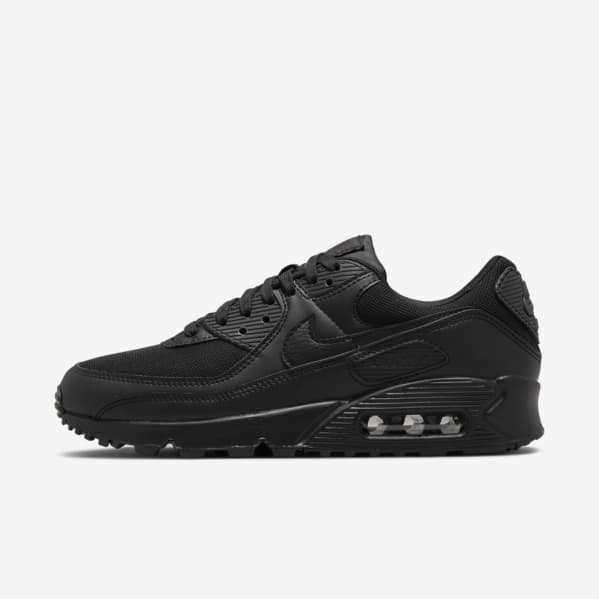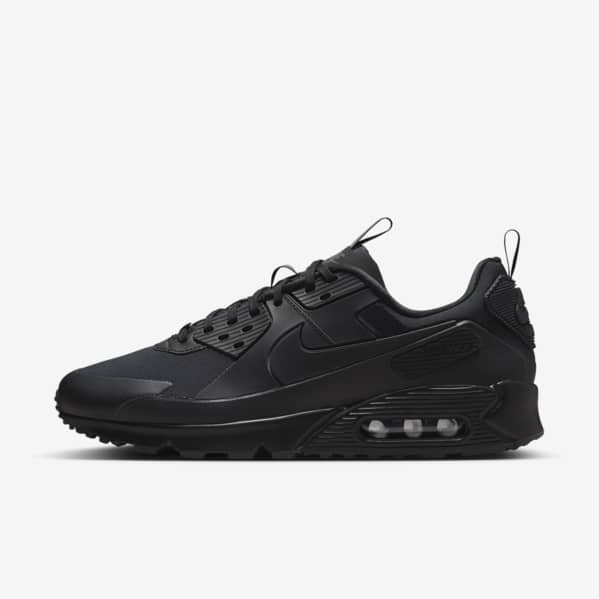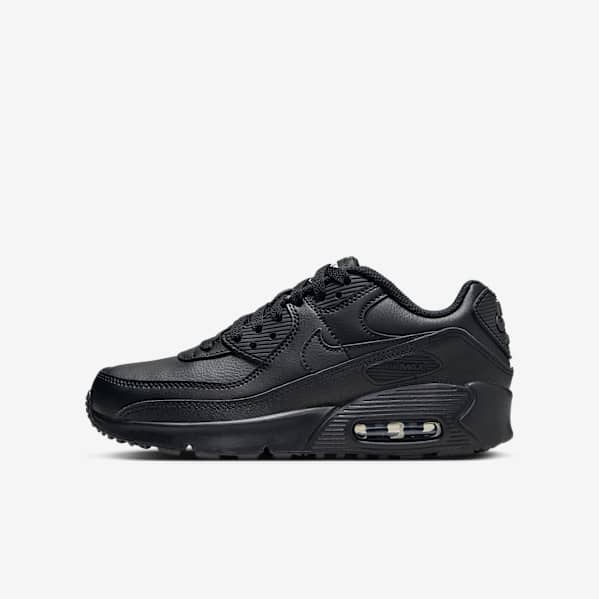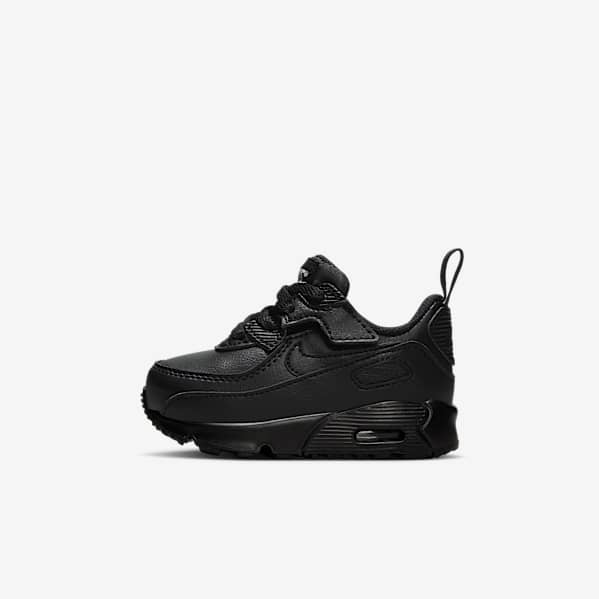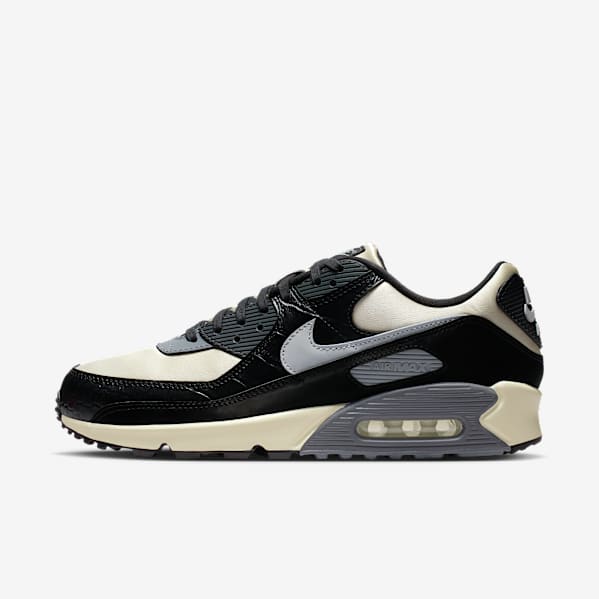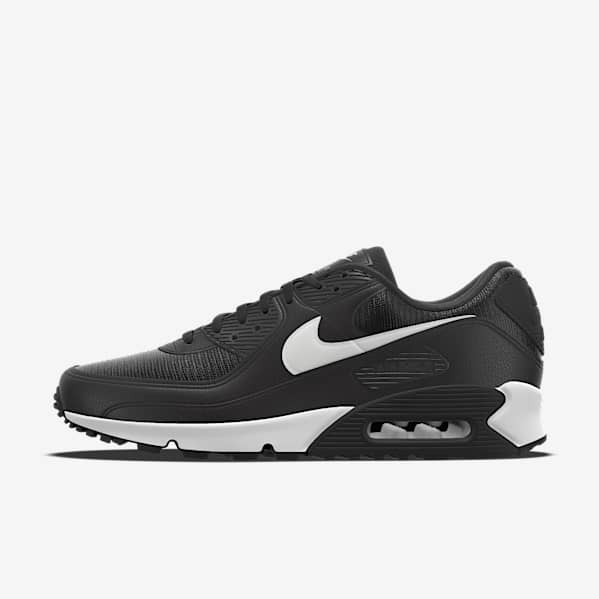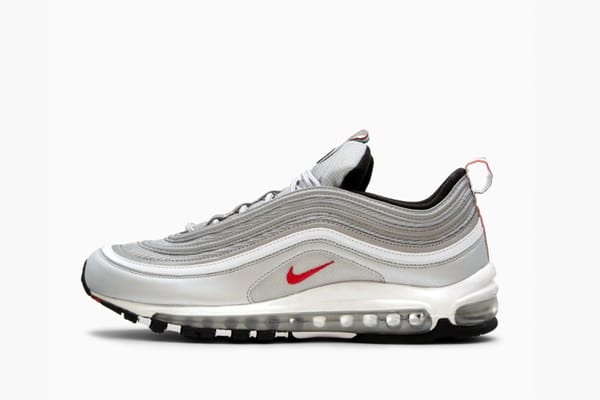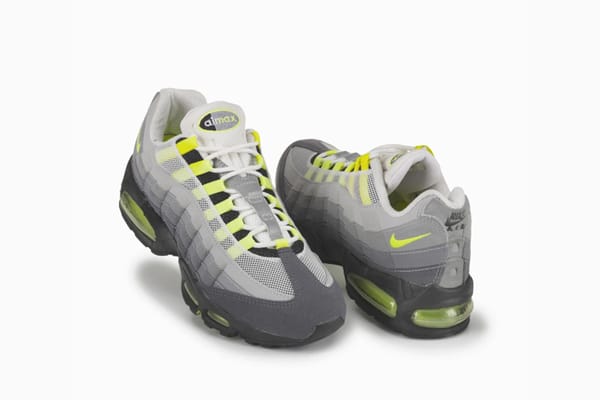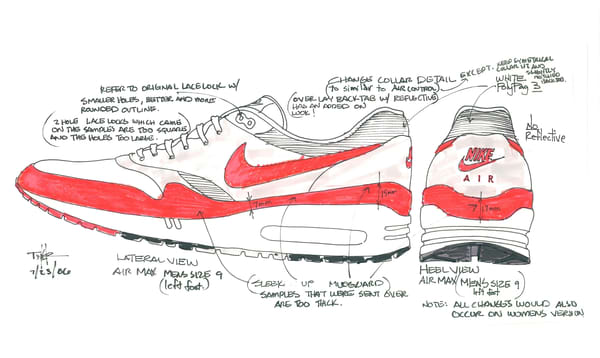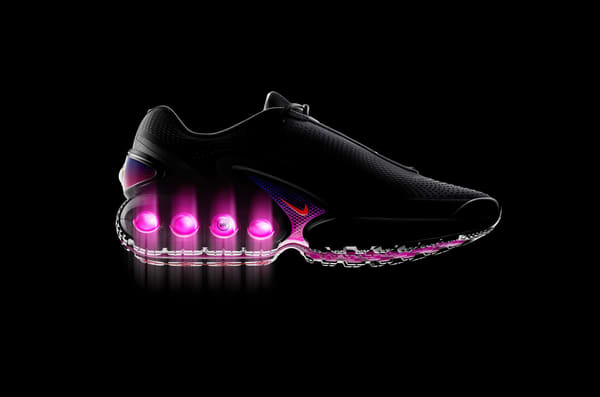The history of the Air Max 90
Department of Nike Archives
Details from the archives.

"The shoe that looked fast" was the feedback when people saw the Air Max 90 for the first time. Designer Tinker Hatfield took inspiration from the 1987 Air Max and 1989 Air Max Light and brought to life a shoe that is considered as iconic as the first. Launching in 1990, this shoe became the second flagship sneaker of the Air Max legacy, following the Air Max 1.
The Air Max 90 was originally known as the Air Max III until 2000 when it was reissued (taking a new name from the year of its launch). The original shoe's radiant shade of red would later become known as "Infrared". The colour remains synonymous with the Air Max 90 today.
In 2007, skate shop HUF offered its spin on the 90 dubbed 'Hufquake'. It featured a "cracked earth" print throughout the shoe's upper.
Come 2015, another key collaboration with Japanese fashion house sacai released a laceless version.
Continuing to prove the AM90 is a canvas with infinite opportunities for design innovation, in 2017 visionary creative director Virgil Abloh from Off-White pushed the Air Max 90 in a direction unlike any other before. As part of 'The Ten' (a collection of ten different Nike and Jordan sneaker models), Abloh was inspired to give the shoes a reconstructed feel, exposing the thinking behind the masterpiece. He called this 'Revealing'. The ground-breaking design laid bare the guts of the shoe, celebrating the construction. This, paired with tongue-in-cheek text placement, such as "shoelaces", adds to the iconic DIY feel.
With dozens of other iconic collaborations and iterations, the Air Max 90's legacy endures long after other shoes have dropped out. There's no telling what kind of AM90 showmanship we're going to witness next.
